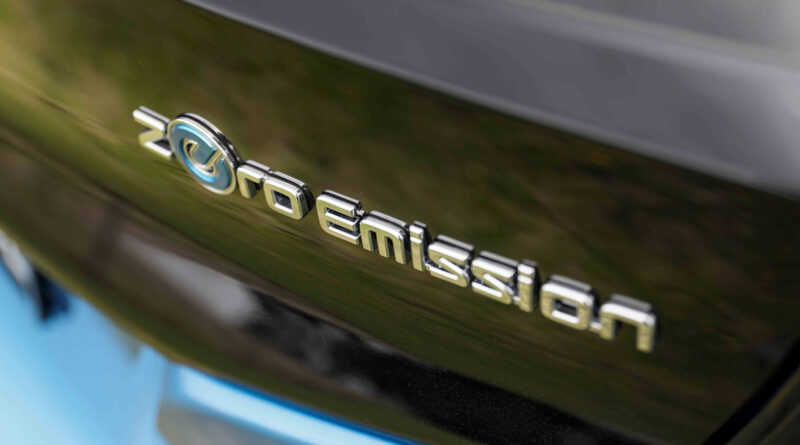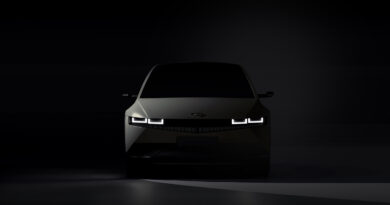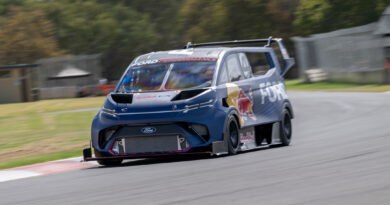It’s a green light for electric vehicles! Aussie CO2 standard tough on Toyota, SUVs and utes
After years of waiting Australia will have a CO2 emissions standard by January 1 2025 officially encouraging the purchase of electric vehicles if an ambitious Albanese Labor government timetable comes to pass.
Previewed in an Impact Analysis published on Sunday (February 4), the newly renamed National Vehicle Efficiency Standard (NVES), will impose tough CO2 emissions limit on passenger vehicles, SUVs, utes and vans that ramp up around 12 per cent per year from 2025 to 2029 under the government’s preferred model.
Known as ‘Option B’, it is significantly tougher than the auto industry itself proposed via its representative body, the Federal Chamber of Automotive Industries (FCAI), has higher fines for breaching emissions limits and rejects aids known as ‘Super Credits’.
READ MORE: Fuel standard signals fight for zero emissions is underway
READ MORE: EVs “unaffordable and unavailable” due to “Australian policy failures”
READ MORE: 2024 Toyota LandCruiser Prado finally going green? Brand mulls electric, plug-in hybrid and fuel cell versions of iconic off-roader
It is also a setback for makers of heavy duty 4x4s such as Toyota because those vehicles have been classified as passenger vehicles – which will have lower permissible CO2 emissions targets than utes and vans.
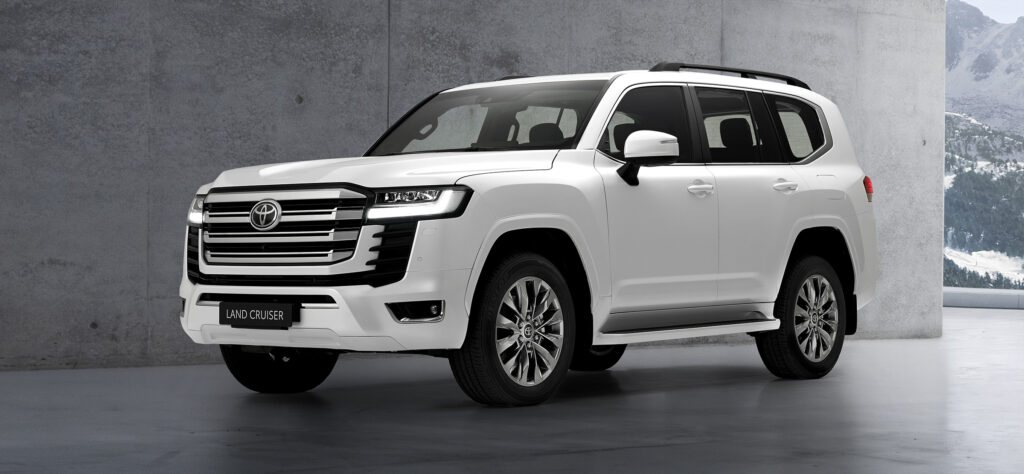
But Option B is also less draconian than the more extreme proposals, represented in the Impact Analysis by Option C.
The NVES will work by providing car companies with targets for average emissions per kilometre from new vehicles sold. Makers who have a corporate average below the limit will gain credits, those who exceed the limit will have to either buy credits from other brands or pay fines.
Option B, which proposes headline target average emissions for passengers vehicles start at 141g/km in 2025 – or 6.1 litres per 100km of unleaded – and drop 12.2 per cent per annum on average to 58g/km by 2029.
In the same period, light commercial vehicles (LCVs) would drop 12.4 per cent per annum on average from 199g/km to 81g/km.
That reduction shapes as a huge challenge for the current crop of heavy duty SUV and diesel ute makers unless they rapidly adopt electrification in the form of PHEV and battery electric.
Note though, the overall emissions averages across the national fleet do vary company by company and model-by-model dependant on vehicle weight.
Vehicles that exceed the limit would be fined $100 per gram per example sold. A Mazda CX-5 2WD, for example, emits 161g/km of CO2 so would be up for $1300 in penalties, while the all-wheel drive version emits 175g/km so would cop $3400 in fines. The CX-5 Turbo model at 191g/km would wear a hefty $5000 fine. A Nissan Patrol emitting 334g/km would cop a massive $19,300 penalty.
In other words, the fines would add up quickly and will likely have car makers reassessing their line-ups with the view to improving fuel efficiency and possibly dropping thirstier models.
Toyota is already planning a hybrid push, which could see non-hybrid versions of the popular RAV4 dropped. Conversely, it could make the RAV4 Hybrid even more popular – and help Toyota Australia pressure its Japanese head office to increase supply.
The NVES regulations could also potentially creates a significant income stream for EV makers such as Tesla.

Overall, new car emissions would drop by 61 per cent between 2024 and 2029 under Option B, the government says.
The federal government says the Option B pace of emissions reduction would bring Australia in line with the US averages by 2028 and save new cars buyers $1000 in fuel costs per vehicle that year.
The Impact Analysis estimates Option B would produce $96.46 billion in net fuel savings, vehicle maintenance, health benefits and greenhouse gas emissions between 2025 and 2050.
“The government has had to balance two extremes – the car companies and the single focused EV lobby,” said MTAA CEO and auto industry veteran Matt Hobbs.
“I cannot underestimate the difficulty in developing this standard. It has taken three governments and 12 years to reach this point.”
Hobbs’ perspective is worth noting because he was deep within the NVES lobbying process in his role at the FCAI prior to joining MTAA.
He’s also worked globally for General Motors and Nissan in government relations and corporate roles.
“Nobody disagrees that Australia needs to join the rest of the developed world with a standard to ensure we get our fair share of new technology and choice of EVs,” he said.
“The whole industry knows putting in place a fuel efficiency standard is the right way to go. The argument is just about the fine details. We score the government a seven out of 10, so far.”
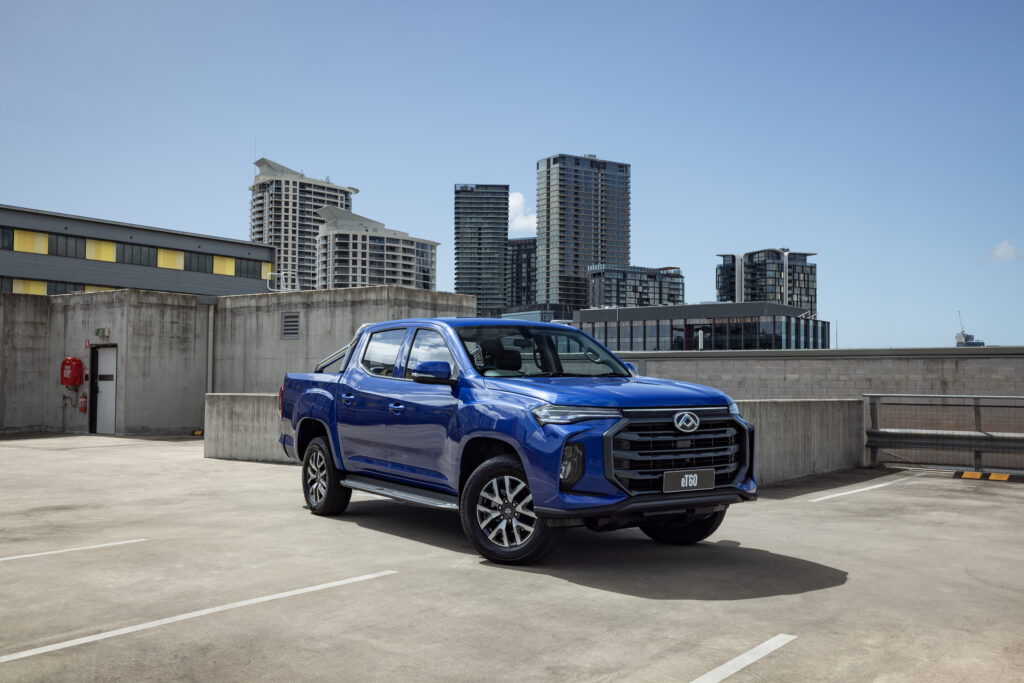
The government has invited comment on its preferred option for the next month and will then introduce legislation to parliament.
“This is about ensuring Australian families and businesses can choose the latest and most efficient cars and utes, whether they’re petrol and diesel engines, or hybrid, or electric,” said Chris Bowen, federal minister for climate change and energy.
With critical independent senator David Pocock already signalling his support it appears the government’s preferred model has a good chance of becoming law.
“I want to see these new standards implemented as soon as possible and call on the government to bring forward the slated commencement date of 1 January 2025 to 1 July 2024, with a six-month test period during which penalties do not apply,” Pocock said in a media release.
Unsurprisingly, the Liberal-National opposition has signalled it will not back the legislation. Nationals leader David Littleproud told the Nine Network.
“If you take away particularly utes, they’re tools of trade, particularly for people, not just tradies in the cities, but also people in the bush. And if you put a tonne on the back of an electric ute at the moment, you don’t get far.”
In a carefully worded statement, FCAI Chief Executive Tony Weber said: “On the surface, the targets seeking a 60 per cent improvement in emissions are very ambitious, and it will be a challenge to see if they are achievable taking into account the total cost of ownership.
“The preferred option suggests that Australia considers adopting the type of targets that are currently in place in the United States. The targets in that country are supported by significant financial incentives yet the discussion paper makes no reference to any additional incentives to support the uptake of low emission vehicles,” he said.

